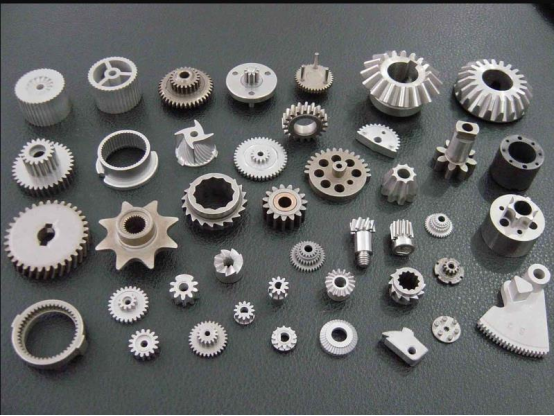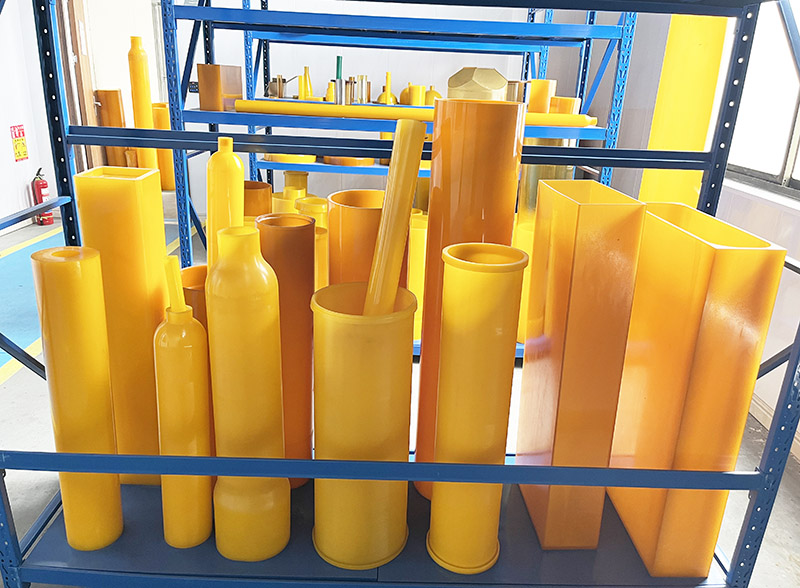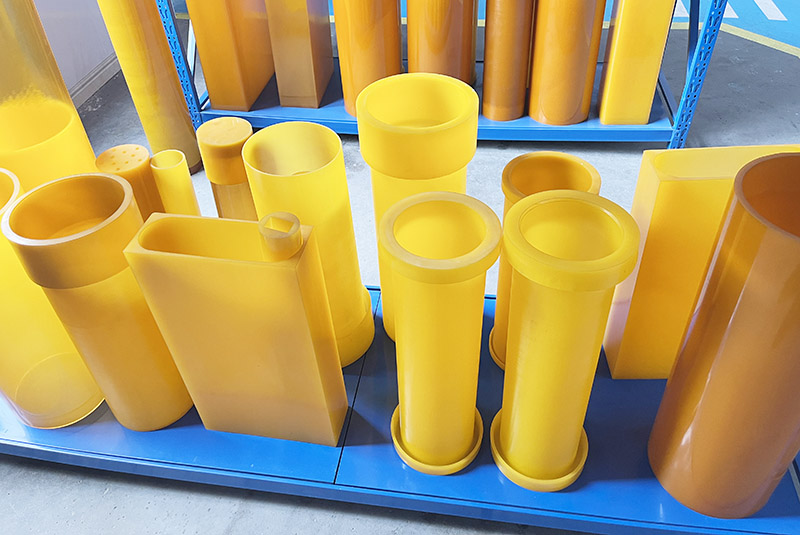

What is Powder Metallurgy?
As the name implies, powder metallurgy is an advanced metal processing technique that uses metal powder as its raw material, then compacts the metal powder into a solid material of the desired shape. Sometimes, a small amount of non-metal powder is added to the powder.
Generally, powder metallurgy is concerned with the use of metal powder to manufacture materials or products through mixing, forming, pressing, sintering, and further processing that may be necessary to achieve the desired product properties. Powder metallurgy can be used for the mass production of structural parts with complex shapes and high structural integrity at relatively lower costs without the need for further cutting or processing. For instance, this technique is the main technology used for the mass production of bearing self-lubricating parts at a lower cost. Powder metallurgy is also an important method to make titanium sputtering targets from metal titanium.
Advantages of Powder Metallurgy
Mass production at a reduced cost: Product cost-effectiveness is the most significant reason for choosing powder metallurgy over other methods. Compared to other production techniques, powder metallurgy is the preferred choice when it comes to lower energy consumption, higher material utilization, and reduced number of process steps.
Processing of special materials: The powder metallurgy technique can be used to manufacture special materials, such as refractory metals, compounds, pseudo-alloys, and porous materials.
Save metal and reduce costs: Powder metallurgy pressed the final product to a desired size and shape, eliminating the need for further mechanical processing is required. The typical loss of metal in metallic processing techniques is reduced to about 1-5%, whereas traditional metal processing methods typically consume up to 80% of the metal.
Production of high-purity materials: Powder metallurgy does not melt the material during the production process, a technique that prevents the penetration of impurities into the material. Also, the sintering is performed in a vacuum and protective atmosphere, ensuring that only high-purity material is produced.
Accurate material distribution: Another advantage of the powder metallurgy method is that it ensures accurate material proportioning in terms of the uniformity and composition of the components.
Applications of Powder Metallurgy
Modern technology, as we know it, isn’t complete without powder metallurgy products due to its wide application in various fields. Here are some applications of powder metallurgy:
Production of porous products, such as bearings and filters.
Production of tungsten carbide, gauges, wire drawing dies, wire guides, stamping and blanking tools, hammers, etc.
Powder metallurgy is used to produce various machine parts from tungsten powder. It is also used to produce heat and wear-resistant cutting tools from tungsten carbide powders.
Powder metallurgy also produces essential refractory parts made from tungsten, tantalum, and molybdenum, which are commonly used in electric bulbs, radio valves, oscillator valves, X-ray tubes, etc.
Due to its self-lubricating property, powder metallurgy components are used widely in producing automobile parts bearings and bushes.
Powder metallurgy makes products with complex shapes, which require considerable machining when made using other metal manufacturing processes.
Includes the production of components like electrical contacts, crankshaft drives, piston rings, rocker shaft brackets, etc., that are used in automotive part assembly.


